The youngster thought it her privilege to pick the name for her soon-to-be-born sibling. She gleefully and toothlessly spit out, “Pebbles!”
This casual mention of a cartoon character in the book I was reading triggered a warm fuzzy in my heart and a thought in my brain. Whether we write contemporary or historical fiction, incorporating specific TV programming can enhance the experience of readers.
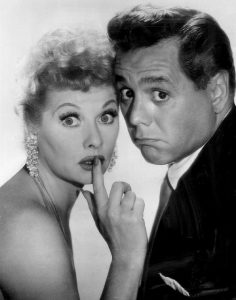
For example, a scene from our story might read:
Heroine made dinner while the children watched television in the living room.
Simple, almost boring. But the scene comes alive if we include the program.
Heroine made dinner, smiling at the giggles from her two children who sat in the living room watching Ernie and Elmo, their favorite Sesame Street friends.
Or, consider a scene with our Hero and Heroine:
The day had been long and Heroine hoped to veg in front of the television with Hero.
Instead, ruminate on this:
The day had been long and Heroine hoped to veg in front of Wheel of Fortune and Jeopardy. Hero switched the channel to the Red Sox game.
With the above change, not only did we learn something about both characters, we created a bit of tension.
Before using early television programming in our work, we should ask a few questions.
Critical to writers of historical fiction: “Did they even have television then?”
Televisions were commercially released in 1938, though few homes could afford them. However, by the early 1950s, half of American homes had a TV set in their living room. This new phenomenon was boxy in appearance with an antenna (nicknamed rabbit ears). Programming was limited to only a few channels and the picture appeared grainy and in black and white. As technology progressed, screen size and picture quality increased. The number of channels expanded from a few to 13 to cable additions. By the mid-1960s, it was common to have a color television in the home.
Also, important: What programs were popular? Would our readers likely recognize them today or do we need to include an explanation?
The following is a grocery-store sampling of what folks in America might have been watching during the early decades of television.
1940s
Howdy Doody, the first children’s program, aired in 1947 and ran for 13 years.
Truman delivered the first televised presidential address to the nation (October 5, 1947).
These Are My Children was the first daytime soap opera. (1947)
1950s
I Love Lucy (1951)
The Tonight Show (1954)
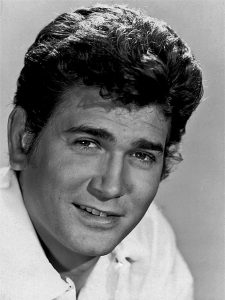
Gunsmoke (1957) and Bonanza (1959)
1960s
The Beatles appeared on the Ed Sullivan show (February 9, 1964)
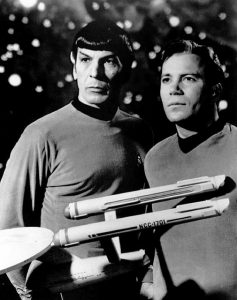
Star Trek (1966)
60 Minutes (1968-date)
Sesame Street (1969-date)
1970s
Monday Night Football (1970-2005)
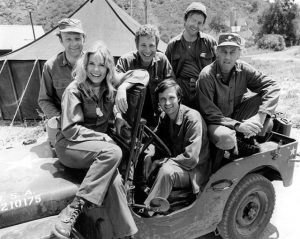
M*A*S*H (1972-1983)
Nickelodian (1977)
ESPN on cable (1979)
If the above doesn’t stimulate our creative juices, an internet search of television programming by decade should provide a buffet of ideas that can (1) add another smattering of detail to our stories, (2) endear a character to our readers’ hearts, and/or (3) augment character development.
Whether comedy or drama or a memorable event, why not experiment with a glimpse of TV programming in our next writing project?
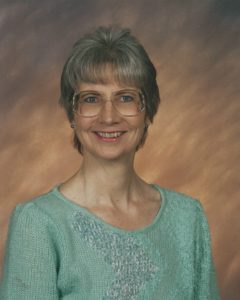
Jeannine Brummett lives in South Carolina with her husband of nineteen years, Don, who shares his three adult sons and three grandchildren with her. Reading is big on her list of things to do, but she also thrives on TV crime dramas, NBA basketball, and marvels at the critters and fowl life that live at the pond behind their house. She loves to sing praise songs, attend Bible Study, and help at a local food pantry.

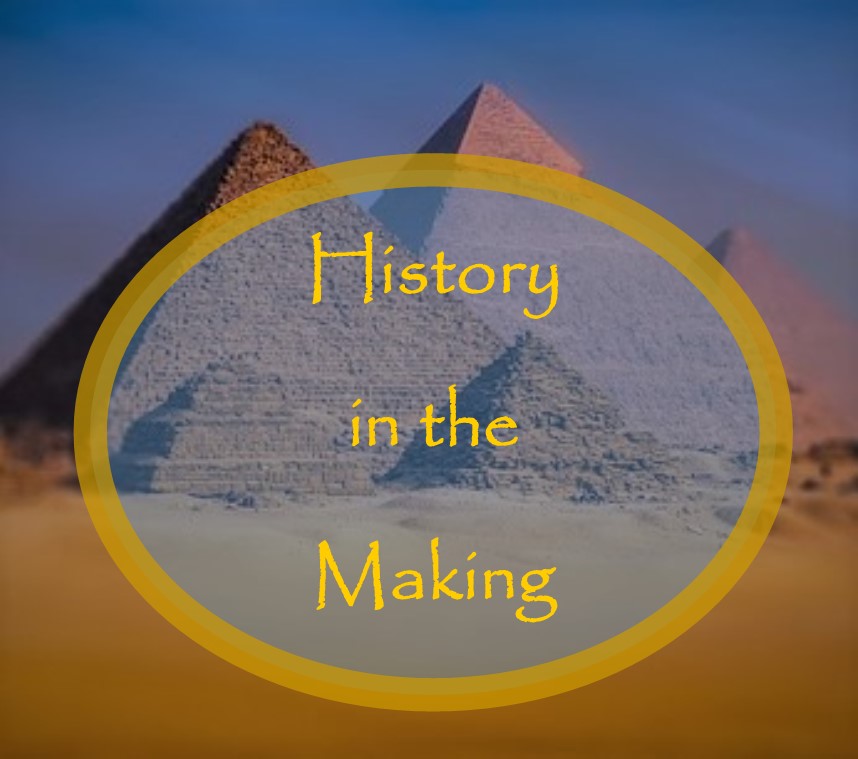


No Comments